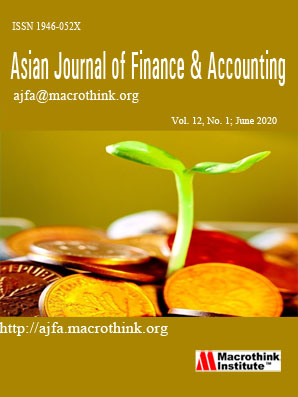How do the Banking Systems of Vietnam, China and India Fare?
Abstract
Given that Vietnam, China and India are among the few remaining banking systems which have central bank dependence, state dominance, regulatory restrictions and gradual reforms towards liberalisation, this study examines cost, revenue and profit efficiency and stability of these banking systems. Using DEA Window Analysis, the study found that these banking systems achieved high efficiency levels, with generally increasing efficiency from 1995 to 2011. Cost efficiency was equally driven by technical and allocative efficiencies; revenue efficiency was driven by interest income efficiency more than by non-interest income efficiency; and profit efficiency was equally driven by cost and revenue efficiencies. Furthermore, state banks were found to be more efficient than private banks, but this efficiency gap declined over time. Compared to private banks, state banks appear to have been better at coping with the Asian financial crisis (AFC), but worse at facing the Global financial crisis (GFC). However, banking systems of Vietnam and China were slightly hit by the AFC, while China and India were slightly hit by the GFC.
Submission of an article implies that the work described has not been published previously (except in the form of an abstract or as part of a published lecture or academic thesis), that it is not under consideration for publication elsewhere, that its publication is approved by all authors and tacitly or explicitly by the responsible authorities where the work was carried out, and that, if accepted, will not be published elsewhere in the same form, in English or in any other language, without the written consent of the Publisher. The Editors reserve the right to edit or otherwise alter all contributions, but authors will receive proofs for approval before publication.
Copyrights for articles published in MTI journals are retained by the authors, with first publication rights granted to the journal. The journal/publisher is not responsible for subsequent uses of the work. It is the author's responsibility to bring an infringement action if so desired by the author.








